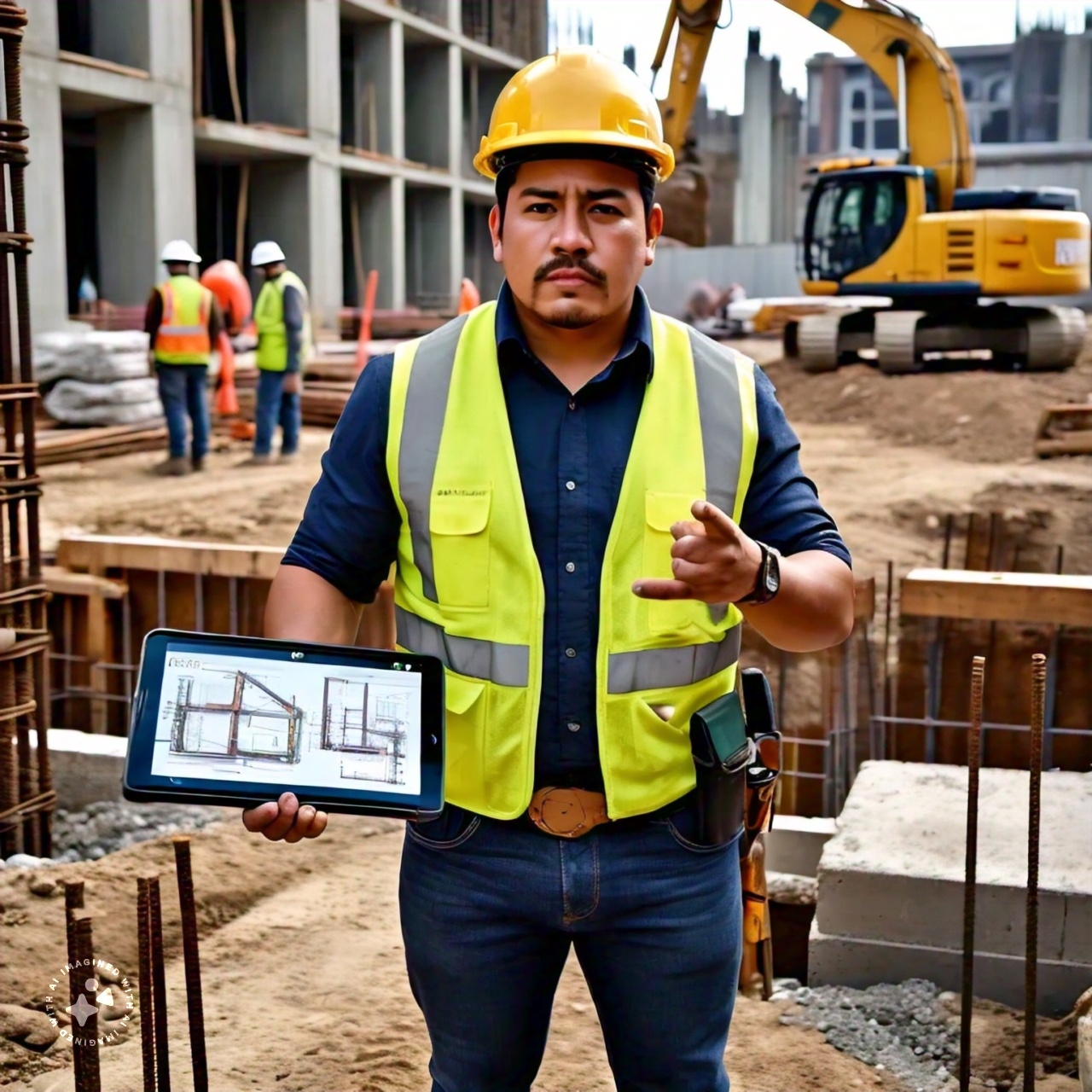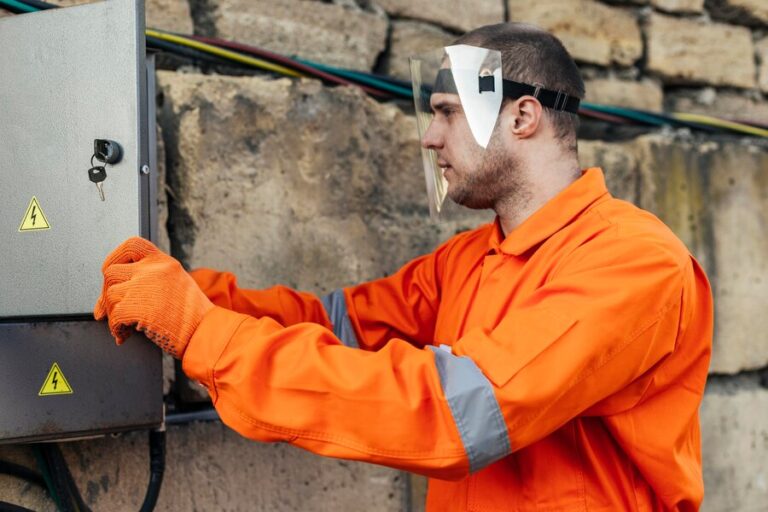In the realm of construction, ensuring the stability and longevity of structures is paramount. One method that has proven invaluable in achieving these goals is mini piling. As construction projects grow more complex and site conditions become increasingly challenging, mini piling services have emerged as a critical solution. This article explores the fundamentals of mini piling, its advantages, applications, and the process involved, shedding light on why it is a preferred choice in the construction industry.
Understanding Mini Piling
Mini piling is a foundation construction technique that involves the installation of slender, high-capacity piles, typically ranging in diameter from 100mm to 300mm. These piles are driven or drilled deep into the ground to support the weight of the structure above. The method is particularly effective in areas where traditional piling techniques would be impractical due to space constraints or challenging soil conditions.
The mini piles are usually made of steel, concrete, or a combination of both, and their installation can be carried out using a variety of methods, including augered, driven, and grouted techniques. The choice of method depends on the specific requirements of the project and the nature of the soil.
Key Benefits of Mini Piling
The growing adoption of mini piling services in construction projects can be attributed to several significant benefits:
Adaptability: Mini piling is suitable for a wide range of soil conditions, including soft, loose, and waterlogged soils. This adaptability ensures that it can be used in diverse geographical locations and project types.
Space Efficiency: The equipment used in mini piling is compact, making it ideal for sites with restricted access or limited working space. This is particularly beneficial for urban construction projects and extensions to existing buildings.
Cost-Effectiveness: Mini piling often proves to be more cost-effective than traditional piling methods. The reduced need for extensive excavation and the use of smaller equipment translate to lower overall costs.
Speed of Installation: The efficiency of mini piling equipment allows for rapid installation, which can significantly reduce project timelines. This is advantageous for projects with tight deadlines.
Reduced Environmental Impact: Mini piling generates less noise and vibration compared to conventional piling methods, making it an environmentally friendly option. It also minimises disruption to surrounding areas, which is crucial in urban settings.
High Load-Bearing Capacity: Despite their smaller size, mini piles can support substantial loads, providing a robust foundation for a variety of structures.
Applications of Mini Piling
Mini piling services are utilised in a broad spectrum of construction projects, highlighting their versatility and effectiveness. Common applications include:
Residential Construction: Mini piling is ideal for residential projects, including new builds, extensions, and underpinning of existing foundations. Its ability to work in confined spaces makes it perfect for urban homes and properties.
Commercial Projects: In the commercial sector, mini piling is used to support the foundations of office buildings, retail outlets, and warehouses. Its adaptability ensures stability and durability for large-scale developments.
Infrastructure Development: Mini piling plays a crucial role in infrastructure projects such as bridge abutments, retaining walls, and embankments. Its capacity to handle varying soil conditions is essential for these applications.
Renovation and Retrofit Projects: When renovating or retrofitting existing structures, mini piling provides a reliable solution for reinforcing foundations without extensive excavation or disruption to the existing building.
Temporary Structures: Mini piling is also employed for temporary installations, such as event tents, exhibition centres, and temporary housing. Its quick installation and removal make it suitable for short-term projects.
The Mini Piling Process
The process of delivering high-quality mini piling services involves several key steps, each crucial to ensuring the foundation’s stability and integrity. Here is a detailed overview:
Site Assessment and Investigation: The initial phase involves a thorough site assessment to understand soil conditions, site constraints, and load requirements. This step is critical for designing an effective piling solution tailored to the project’s needs.
Design and Planning: Based on the site investigation, a detailed piling design is developed. This design takes into account factors such as load-bearing capacity, soil type, and the specific requirements of the structure to be supported.
Preparation and Mobilisation: The site is prepared for piling, which may involve clearing obstacles and setting up access routes. Mini piling equipment is then mobilised to the site, ensuring all necessary tools and materials are ready for installation.
Installation: The installation process begins with positioning the mini piling rig. Depending on the chosen method, piles are either driven into the ground or drilled and then filled with concrete. The precision of mini piling machinery ensures accurate installation with minimal disturbance.
Quality Assurance and Testing: Once the piles are installed, quality assurance tests are conducted to verify their integrity and load-bearing capacity. These tests may include dynamic load testing, static load testing, and integrity testing to ensure the piles meet the required standards.
Completion and Inspection: After completing the piling work, a final inspection is carried out to ensure compliance with the project specifications. Any necessary adjustments are made before the project moves on to the next phase of construction.
Selecting a Mini Piling Service Provider
Choosing the right mini piling service provider is crucial to the success of your construction project. Here are some factors to consider when selecting a contractor:
Experience and Expertise: Look for a contractor with extensive experience and expertise in mini piling. A proven track record of successful projects is a good indicator of their capability to deliver high-quality services.
Reputation and Reviews: Check the contractor’s reputation by reading client reviews and testimonials. Positive feedback from previous clients can provide valuable insights into their reliability and quality of work.
Equipment and Technology: Ensure that the contractor uses modern, well-maintained equipment and advanced technology. This ensures efficiency and high standards in the piling process.
Compliance and Safety: Verify that the contractor adheres to relevant regulations and safety standards. A reputable contractor prioritises safety and follows industry best practices.
Cost and Value: While cost is an important consideration, it should not be the sole determining factor. Look for a contractor who offers a balance of competitive pricing and high-quality service.
Conclusion
Mini piling services have become an integral part of modern construction, offering a versatile, cost-effective, and environmentally friendly solution for foundation work. Whether for residential buildings, commercial projects, or infrastructure developments, mini piling provides the stability and reliability needed for successful construction. By understanding the benefits, applications, and process of mini piling, stakeholders can make informed decisions that enhance the quality and longevity of their projects. As construction techniques continue to evolve, mini piling stands out as a foundational method that meets the demands of contemporary construction with precision and efficiency.







